Do you have too many passwords to remember? So do I. Instead of scribbling them on a scrap of paper or using the same one everywhere, let me introduce you to a category of software that promises to make your life easier and more secure at the same time: the password manager.
Dashlane and LastPass are two popular choices. Which one is right for you? How do they compare? Read this comparison review to find out.
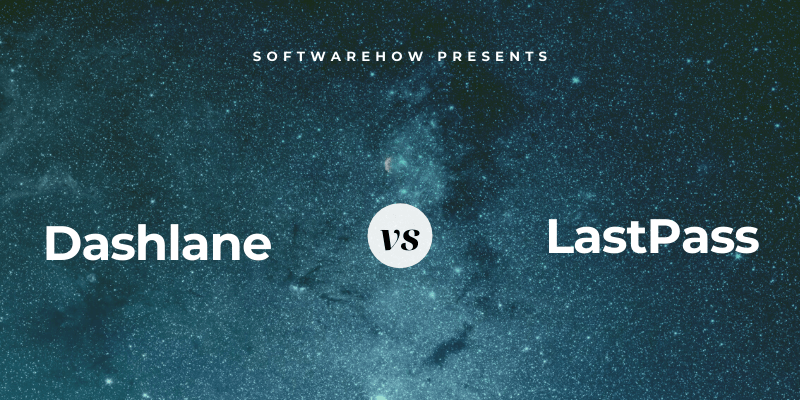
Dashlane has really improved over the last few years. It’s a safe, simple way to store and fill passwords and personal information, and the winner of our best Mac password manager guide. Manage up to 50 passwords with the free version, or pay $39.96/year for the premium version. Read our full review of Dashlane here.
LastPass is another popular alternative, but this one offers a workable free plan, and paid subscriptions add features, priority tech support, and extra storage. Read our full LastPass review here.
Table of Contents
Dashlane vs. LastPass: Head-to-Head Comparison
1. Supported Platforms
You need a password manager that works on every platform you use, and both apps will work for most users:
- On the desktop: Tie. Both work on Windows, Mac, Linux, Chrome OS.
- On mobile: LastPass. Both work on iOS and Android and LastPass also supports Windows Phone.
- Browser support: LastPass. Both work on Chrome, Firefox, Internet Explorer, Safari, Edge, and LastPass also supports Maxthon.
Winner: LastPass. Both services work on most popular platforms. LastPass also works on Windows Phone and the Maxthon browser, making it more suitable for some users.
2. Filling In Passwords
Both applications allow you to add passwords a number of ways: by typing them in manually, by watching you log in and learning your passwords one-by-one, or by importing them from a web browser or other password manager.
Once you have some passwords in the vault, both apps will automatically fill in your username and password when you reach a login page. They’ll also allow you to customize your logins site-by-site. For example, I don’t want it to be too easy to log in to my bank, and prefer to have to type a password before I’m logged in.
Winner: Tie. Both apps assist you by creating a strong, unique password when signing up for a new web membership and allow you to fine-tune how secure you want each login to be.
3. Generating New Passwords
Your passwords should be strong—fairly long and not a dictionary word—so they are hard to break. And they should be unique so that if your password for one site is compromised, your other sites won’t be vulnerable. Both apps make this easy.
Dashlane can generate strong, unique passwords whenever you create a new login. You can customize the length of each password, and the type of characters that are included.
LastPass is similar. It also lets you specify that the password is easy to say or easy to read, to make the password easier to remember or type when necessary.
Winner: Tie. Both services will generate a strong, unique, configurable password whenever you need one.
4. Security
Storing your passwords in the cloud may concern you. Isn’t it like putting all your eggs in one basket? If your account was hacked they’d get access to all your other accounts. Fortunately, both services take steps to ensure that if someone does discover your username and password, they still won’t be able to log into your account.
You log in to Dashlane with a master password, and you should choose a strong one. For additional security, the app uses two-factor authentication (2FA). When you try to log in on an unfamiliar device, you’ll receive a unique code by email so you can confirm that it’s really you logging in. Premium subscribers get additional 2FA options.
LastPass also uses a master password and two-factor authentication to protect your vault. Both apps offer a sufficient level of security for most users—even when LastPass was breached, the hackers were not able to retrieve anything from users’ password vaults.
Be aware that as an important security step, neither company keeps a record of your master password, so they won’t be able to help you if you forget it. That makes remembering your password your responsibility, so make sure you choose a memorable one.
Winner: Tie. Both apps can require that both your master password and a second factor be used when signing in from a new browser or machine.
5. Password Sharing
Instead of sharing passwords on a scrap of paper or a text message, do it securely using a password manager. The other person will need to use the same one as you do, but their passwords will be automatically updated automatically if you change them, and you’ll be able to share the login without them actually knowing the password.
Dashlane’s Business plan includes useful features for use with multiple users, including an admin console, deployment, and secure password sharing within groups. You can grant access to certain sites to specific groups of users, and do it without them actually knowing the password.
LastPass is similar, but with one significant advantage. All of their plans allow you to share passwords, including the free one.
The Sharing Center shows you at a glance which passwords you’ve shared with others, and which they’ve shared with you.
If you’re paying for LastPass, you can share entire folders and manage who has access. You could have a Family folder to which you invite family members and folders for each team you share passwords with. Then, to share a password, you’d just add it to the right folder.
Winner: LastPass. Dashlane’s Business plan includes password sharing, while all LastPass plans can do this, including the free one.
6. Web Form Filling
Besides filling in passwords, Dashlane can automatically fill in web forms, including payments. There’s a personal info section where you can add your details, as well as Payments “digital wallet” section to hold your credit cards and accounts.
Once you’ve entered those details into the app, it will automatically type them into the correct fields when you are filling in forms online. If you have the browser extension installed, a drop-down menu will appear in the fields where you can select which identity to use when filling in the form.
LastPass is similarly talented at filling in forms. Its Addresses section stores your personal information that will be filled in automatically when making purchases and creating new accounts—even when using the free plan.
The same goes for the Payment Cards and Bank Accounts sections.
When you need to fill in a form, LastPass offers to do it for you.
Winner: Tie. Both apps are particularly strong at filling in web forms.
7. Private Documents and Information
Since password managers provide a secure place in the cloud for your passwords, why not store other personal and sensitive information there as well? Dashlane includes four sections in their app to facilitate this:
- Secure Notes
- Payments
- IDs
- Receipts
You can even add file attachments, and 1 GB of storage is included with paid plans.
Items that can be added to the Secure Notes section include:
- Application passwords,
- Database credentials,
- Financial account details,
- Legal document details,
- Memberships,
- Server credentials,
- Software license keys,
- Wifi passwords.
The Payments will store the details of your credit and debit cards, bank accounts, and PayPal account. This information can be used to fill in payment details on checkout, or just be used for reference if you need your credit card details when you don’t have your card on you.
ID is where you store identification cards, your passport and driver’s license, your social security card and tax numbers. Finally, the Receipts section is a place you can manually add receipts of your purchases, either for tax purposes or for budgeting.
LastPass is just as capable and offers a Notes section where you can store your private information. Think of it as a digital notebook that’s password-protected where you can store sensitive information such as social security numbers, passport numbers, and the combination to your safe or alarm.
You can attach files to these notes (as well as addresses, payment cards, and bank accounts, but not passwords). Free users are allocated 50 MB for file attachments, and Premium users have 1 GB. To upload attachments using a web browser you will have had to have installed the “binary enabled” LastPass Universal Installer for your operating system.
Finally, there’s a wide range of other personal data types that can be added to LastPass, such as driver’s licenses, passports, social security numbers, database and server logins, and software licenses.
Winner: Tie. Both apps allow you to store secure notes, a wide range of data types, and files.
8. Security Audit
From time to time, a web service that you use will be hacked, and your password compromised. That’s a great time to change your password! But how do you know when that happens? It’s hard to keep track of so many logins, but password managers will let you know.
Dashlane offers a number of features that audit your password security. The Password Health dashboard lists your compromised, reused, and weak passwords, gives you an overall health score and lets you change a password with a single click.
And Dashlane’s Identity Dashboard monitors the dark web to see if your email address and password have been leaked and lists any concerns.
LastPass’ Security Challenge is similar.
It, too, will go through all of your passwords looking for security concerns including:
- compromised passwords,
- weak passwords,
- reused passwords, and
- old passwords.
LastPass also offers to automatically change your passwords automatically. This relies on the cooperation of third-party websites, so not all are supported, but it’s a useful feature nonetheless.
Winner: Tie. Both services are well above average at auditing your passwords. They’ll warn you of password-related security concerns—including when a site you use has been breached—and are also the only password managers I’m aware of that offer to change passwords automatically, though not all sites are supported.
9. Pricing & Value
Most password managers have subscriptions that cost $35-40/month, and these apps are no exception. Both offer a free 30-day trial period for evaluation purposes as well as a free plan. LastPass offers the most usable free plan of any password manager—one that allows you to sync an unlimited number of passwords to an unlimited number of devices, as well as most of the features you’ll need.
Here are the paid subscription plans offered by each company:
Dashlane:
- Premium: $39.96/year,
- Premium Plus: $119.98,
- Business: $48/user/year.
Dashlane’s Premium Plus plan is unique and offers credit monitoring, identity restoration support, and identity theft insurance. It isn’t available in all countries, including Australia.
LastPass:
- Premium: $36/year,
- Families (6 family members included): $48/year,
- Team: $48/user/year,
- Business: up to $96/user/year.
Winner: LastPass. It has the best free plan in the business as well as a very affordable family plan.
Final Verdict
Today, everyone needs a password manager. We deal with too many passwords to keep them all in our heads, and typing them manually is no fun, especially when they’re long and complex. Both Dashlane and LastPass are excellent applications with loyal followings.
Choosing between them is difficult because they are similar in so many ways. Both support the most popular platforms, automatically fill in passwords, and generate configurable, strong passwords. Both can also share passwords, fill in web forms, store private documents and information, audit your passwords, and offer to automatically change them when necessary.
But LastPass does all of this for free, which is a huge consideration for many users. We found it the ultimate free solution in our Best Password Manager for Mac review. In fact, LastPass offers the only free plan that’s workable for most users on a long-term basis—one that offers to manage all of your passwords and make them available on all of your devices.
But in terms of the sheer number of features, Dashlane is hard to beat, and we named it the Best Password Manager in the review mentioned above. It offers an attractive, consistent, easy-to-use interface even throws in a basic VPN! But to take advantage of this you have to pay a subscription, though less than $40 a year isn’t too hard to swallow.
Still having difficulty deciding between LastPass and Dashlane? I recommend you take advantage of their 30-day free trial periods to see for yourself which best meets your needs.

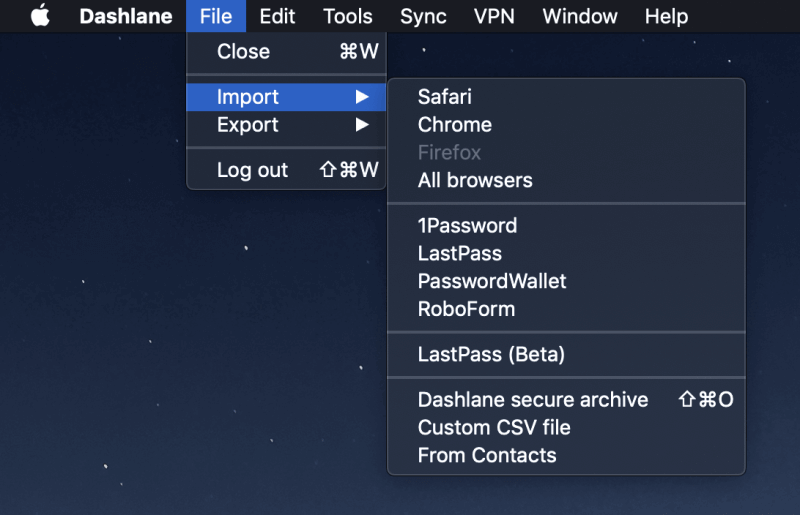
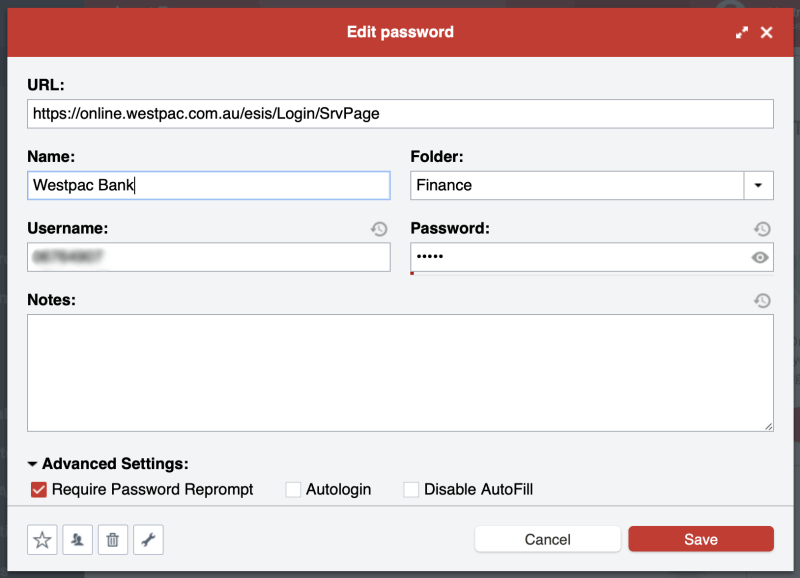
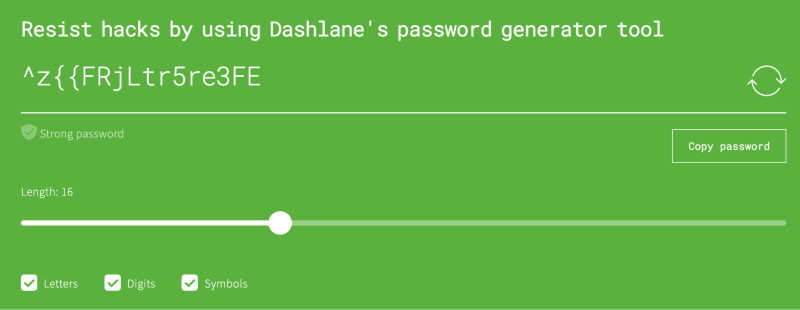
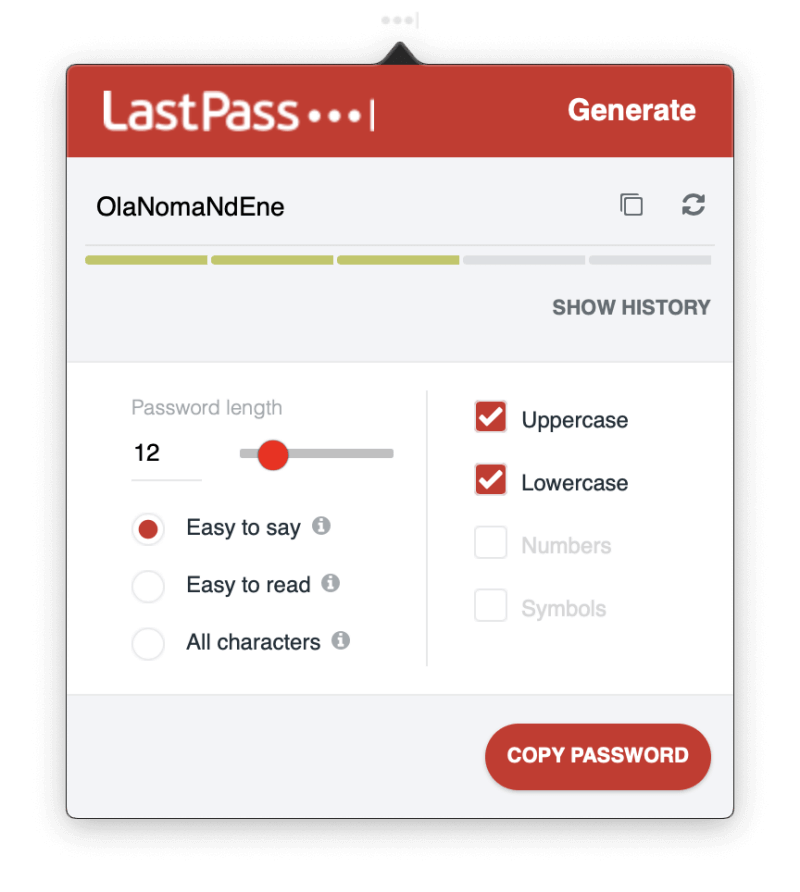
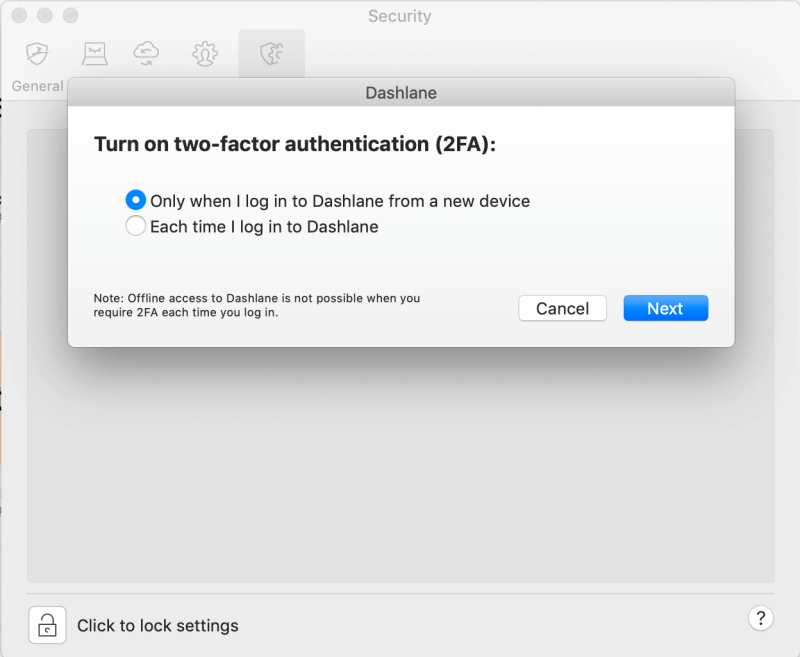
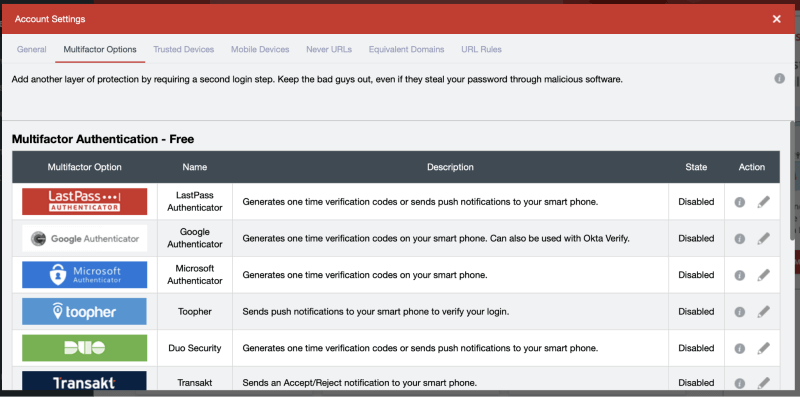
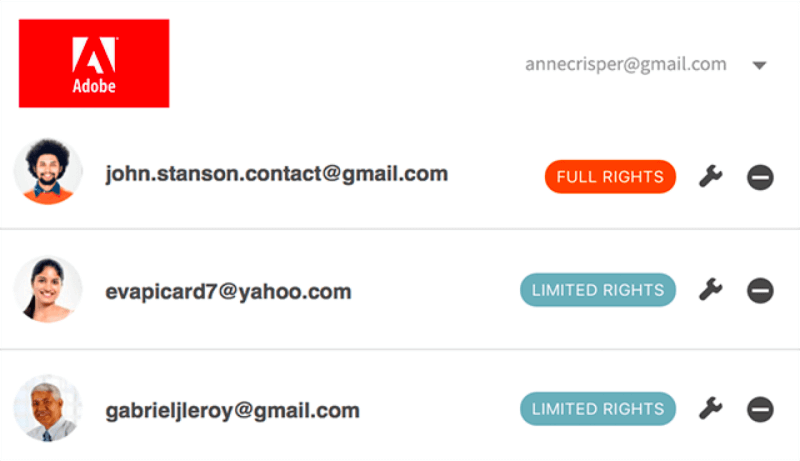
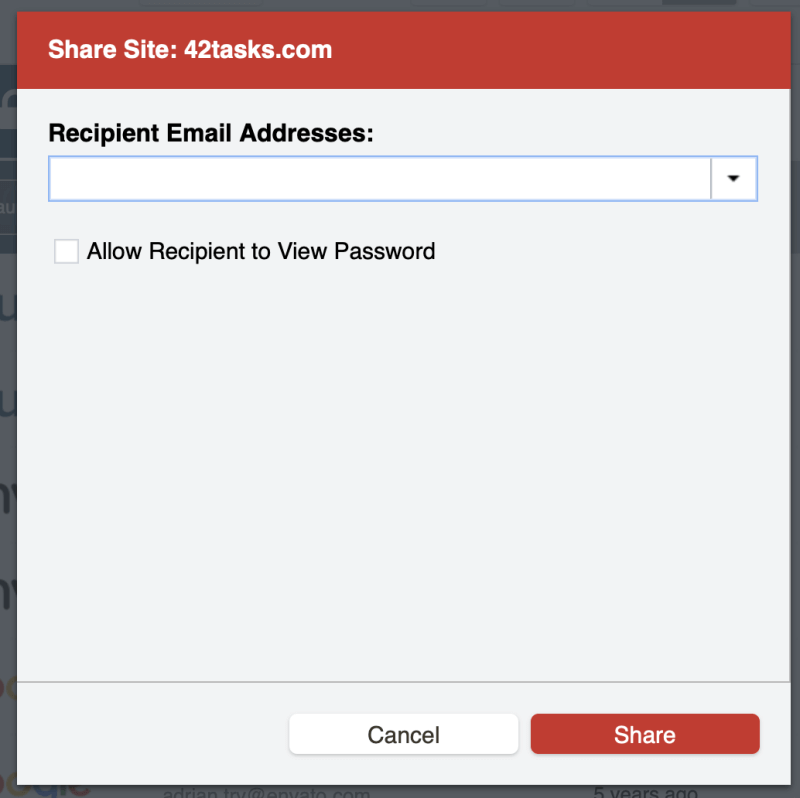
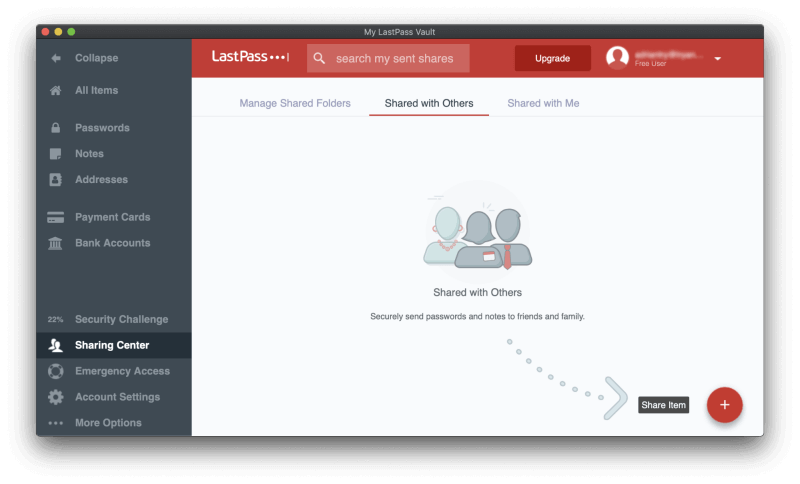
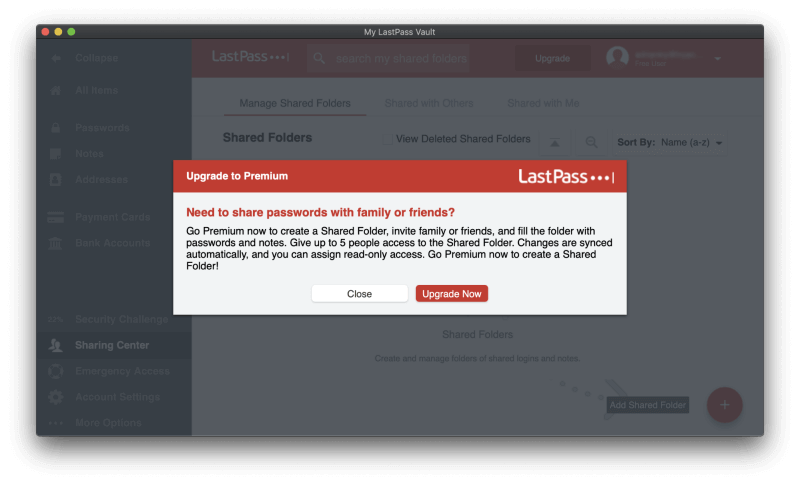
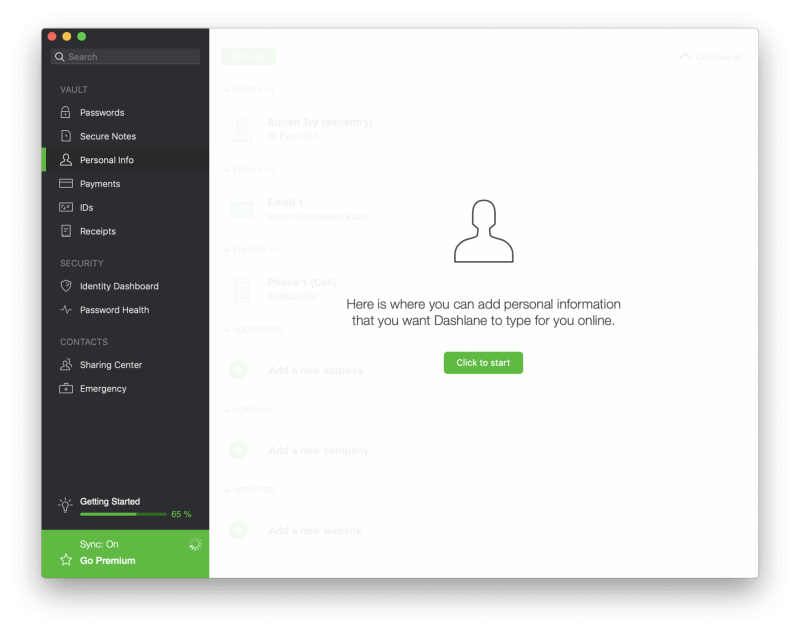
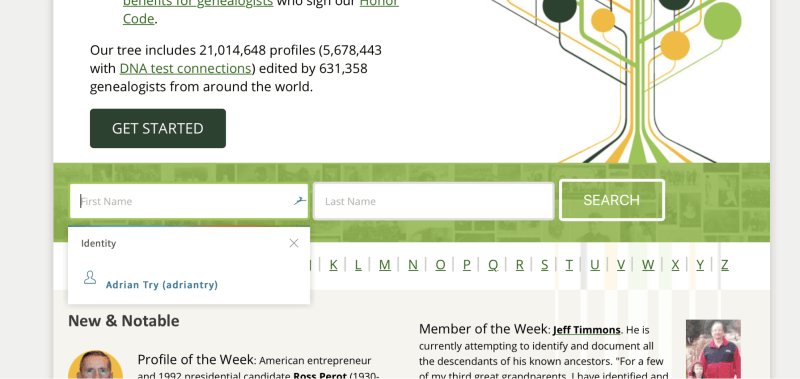
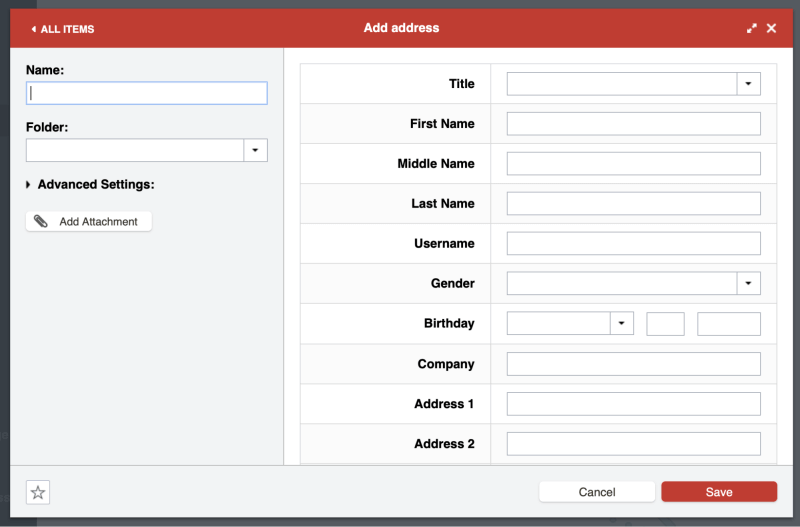
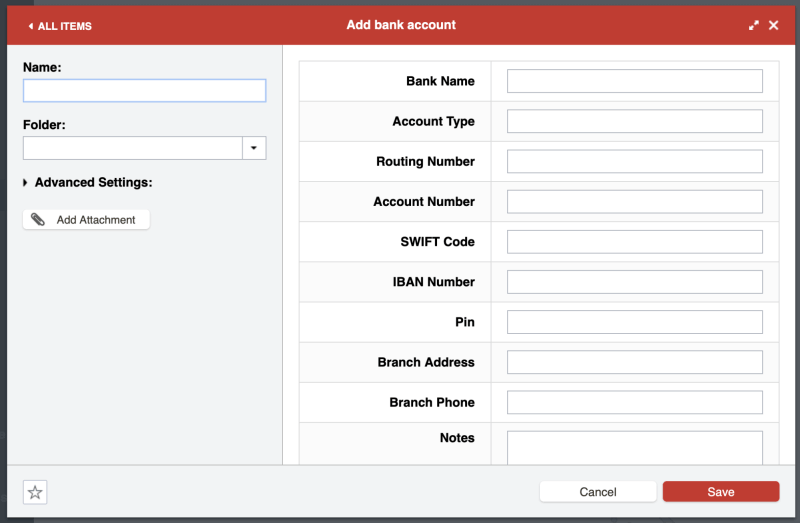
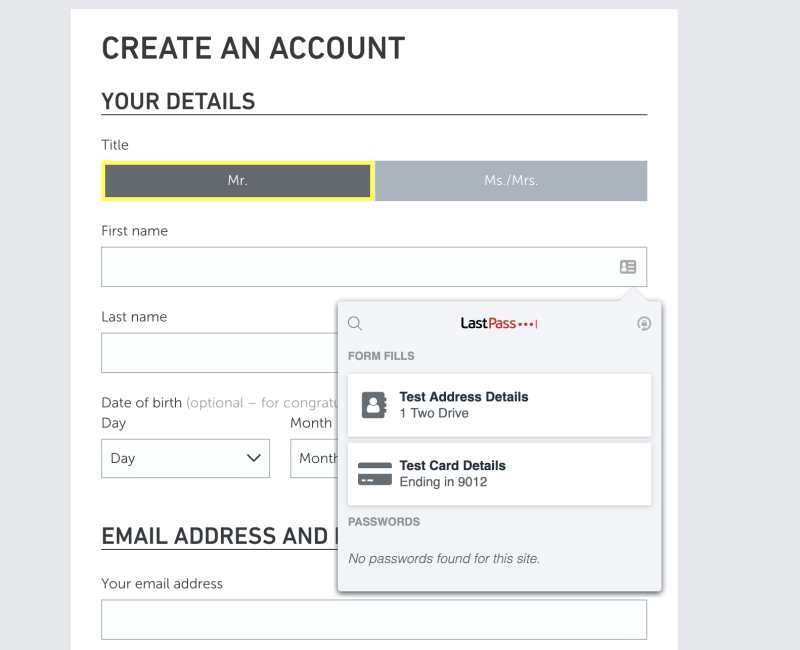
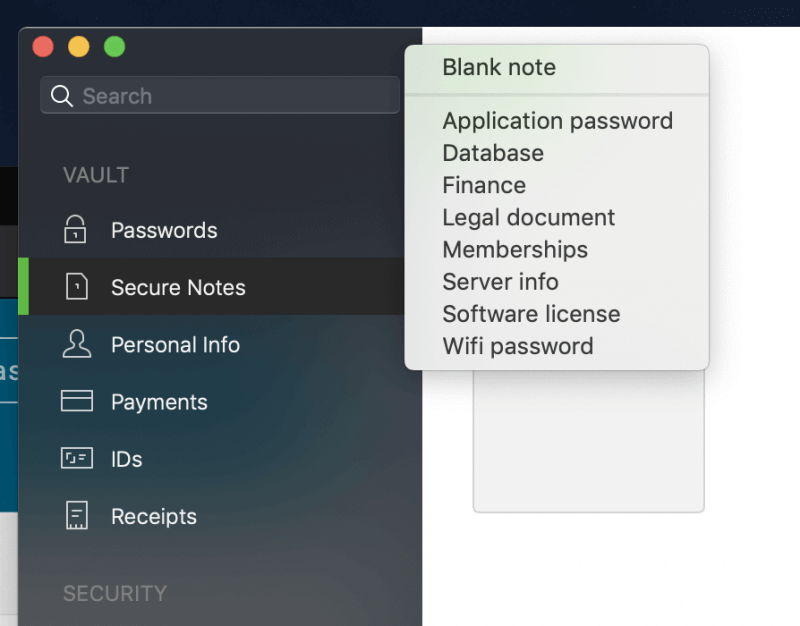
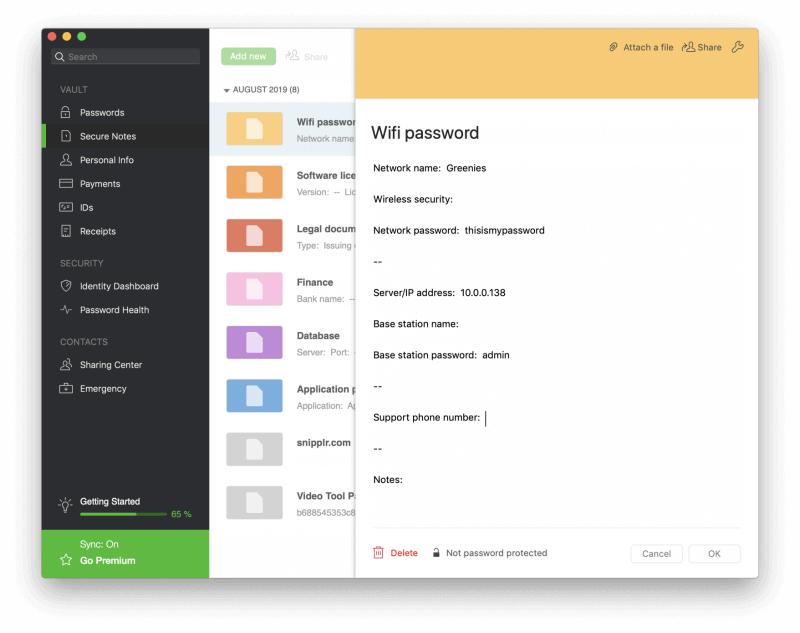
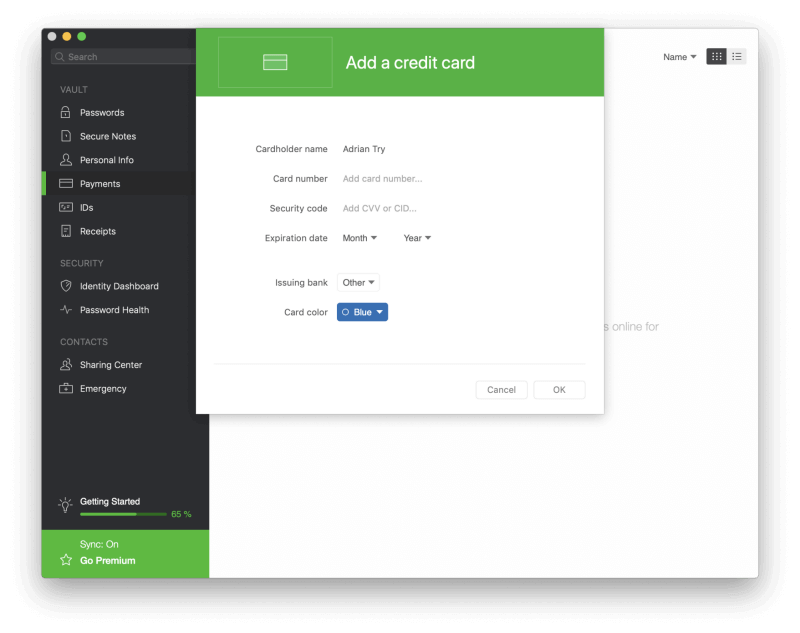
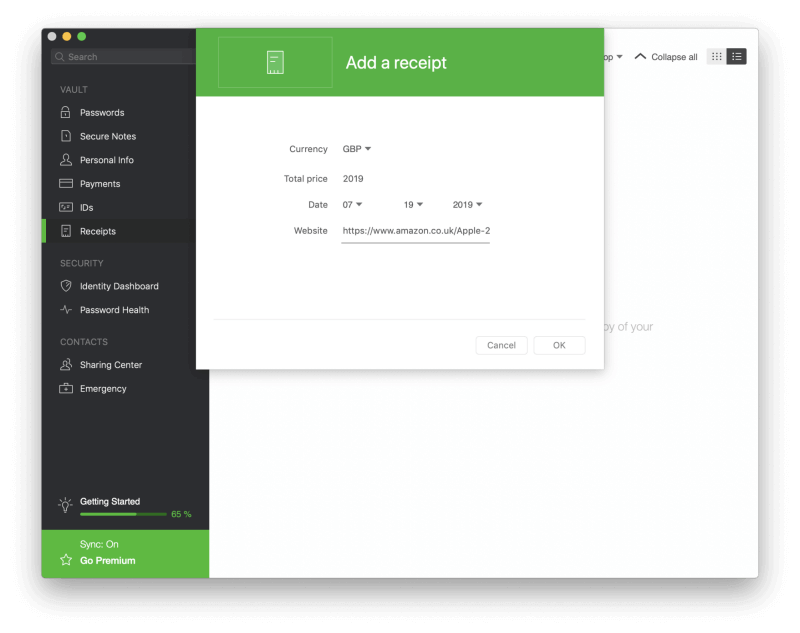
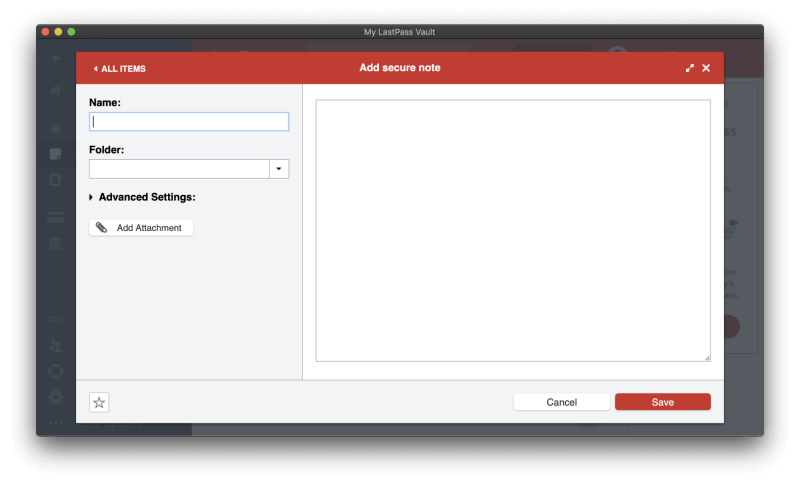
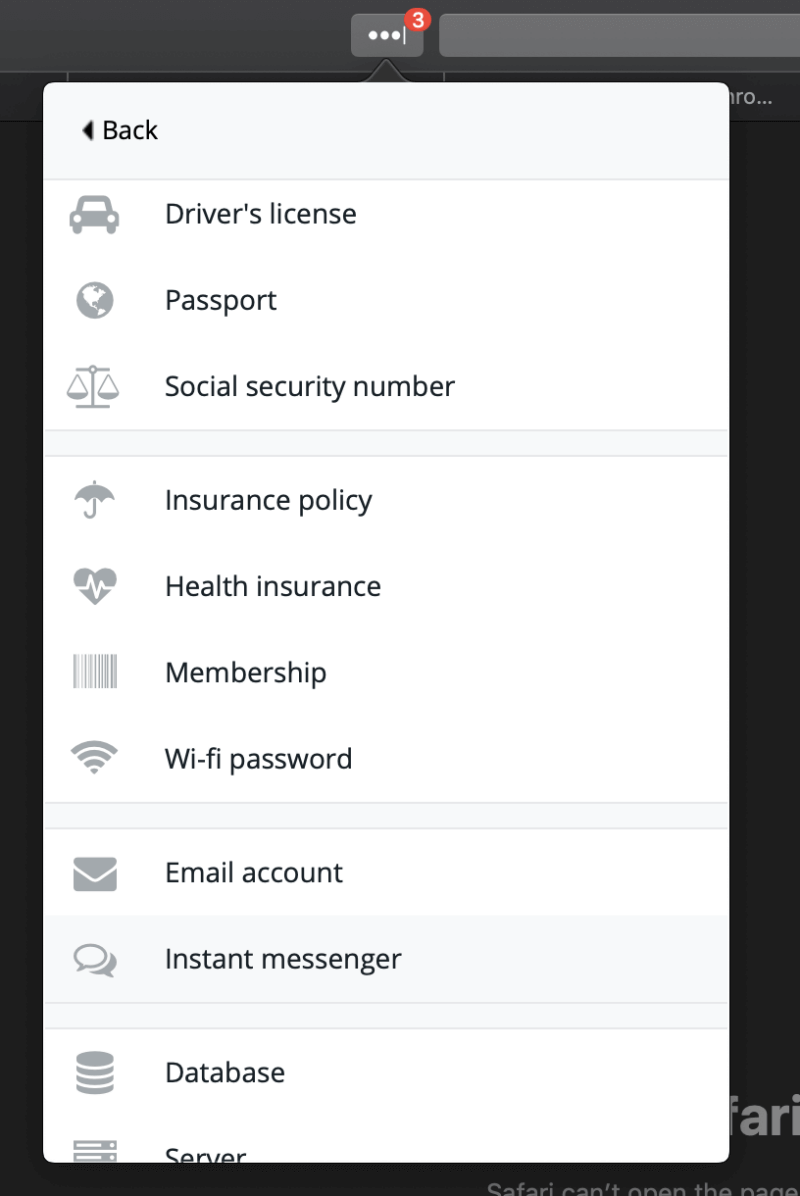
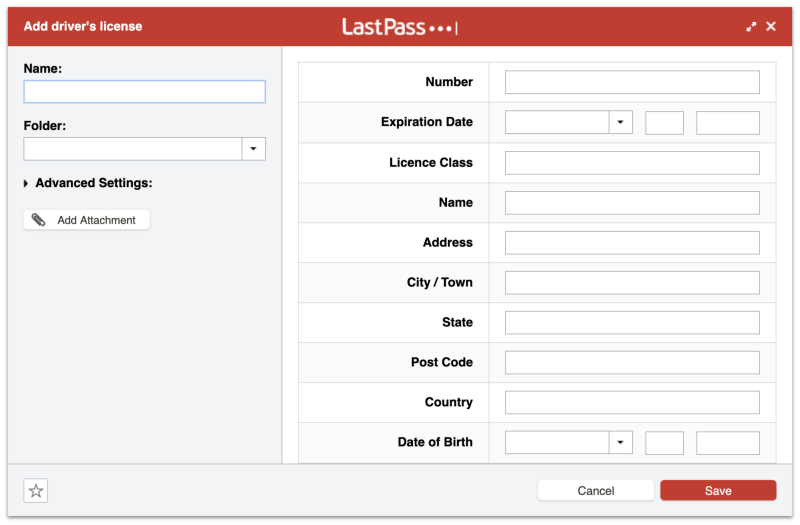
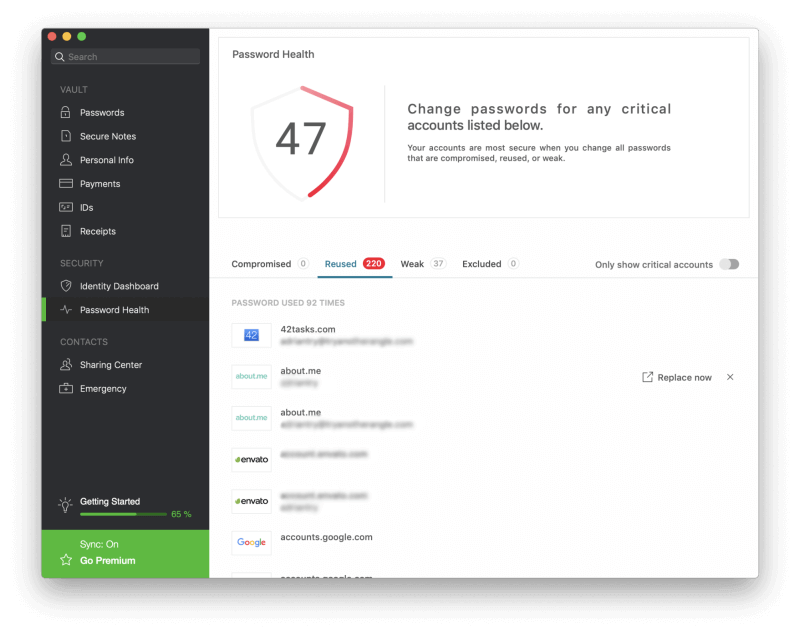
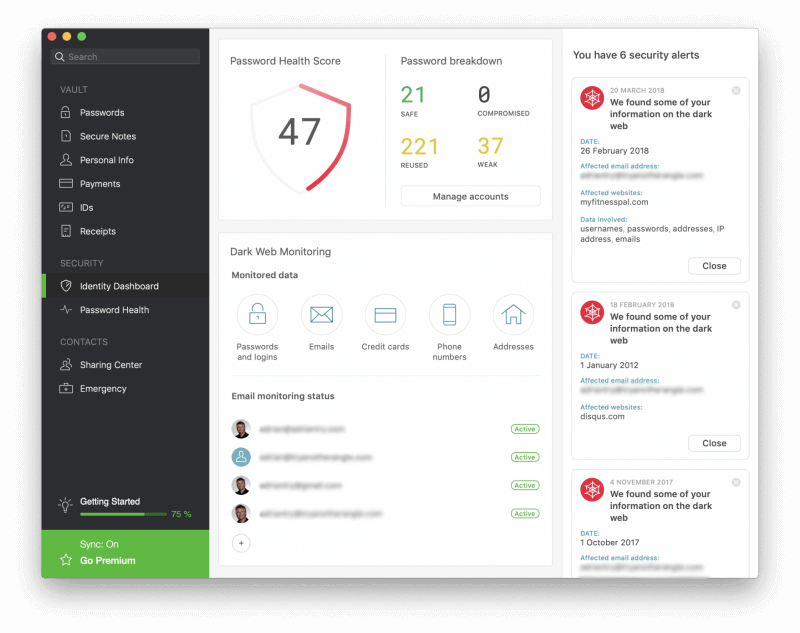
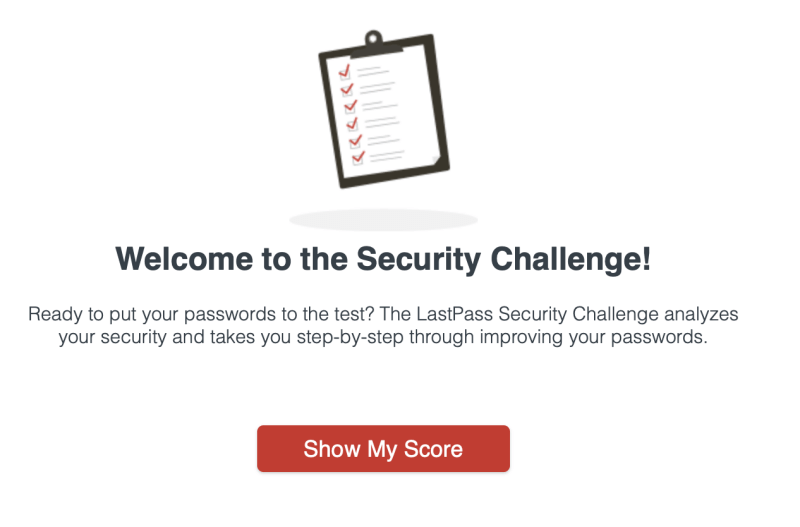

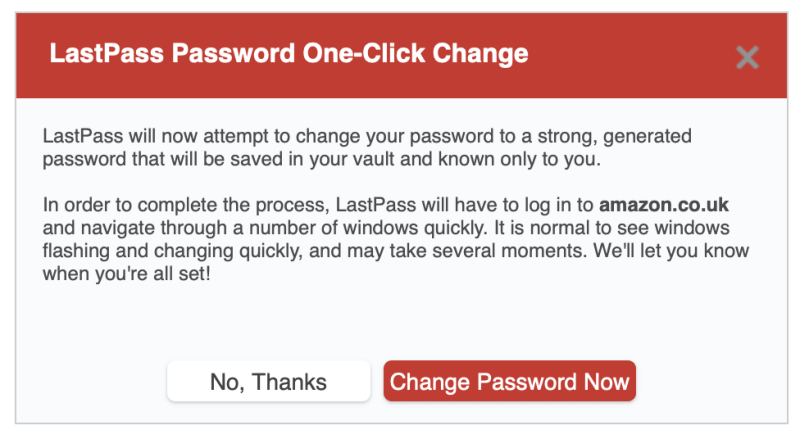
Your review does not include tech support. I have Dashlane and there is no telephone support and I have prob Lem that it often does not log me in anded their new web base version is worse.
yes lastpass still the best choice for me since 4 or 5 years, I started to use it. Great job!
Thanks. for the work you put into your reviews of Dashlane and LastPass. At times I find it almost information overload in attempting to add a password manager for my Mac/iOS products. The only question I have is how does a web site (such as a bank) recognize a new password generated by one of the platforms you reviewed? I have 2 email addresses- should one be used for critical accounts (i.e. financial, health) and the second one for non critical accounts (i.e. news, weather)?